For more than 40 years, Fife Dunfermline Printmakers Workshop (FDPW) has been providing a workshop facility for fine art printmakers in Fife, both experienced and complete beginners.
Established in 1981 in the basement of Fife Council’s Dell Farquharson Community Centre, it still occupies the same space today.
They have always been a true artists’ cooperative run by the artists themselves.
Celebratory exhibition
Now, an exhibition called 40 years of printmaking in Fife, is running at Fire Station Creative in Dunfermline.
The free exhibition, which opened on March 3 and runs until April 30, celebrates the fine art of printmaking and the outstanding creativity and skills of the members of Fife Dunfermline Printmakers.
It showcases the work of over 20 artists.
Contemporary printmaking techniques featured include etching, relief, screen printing and collagraph.
All work is handmade and for sale both framed and unframed.
In an interview with The Courier, FDPW chairperson Sheila Carnduff says the exhibition features work by some of Scotland’s leading contemporary printmakers both professional and non-professional.
The exhibition also comprises 15 prints specially editioned for this 40th anniversary show, on the theme ‘Big Sky.’
Each artist has responded in their own unique way and produced a varied collection of big, bold personal artworks.
“This special edition of prints was quite a challenge even for our most experienced printmakers,” says Sheila.
“We stipulated the paper size was to be 56cms by 78cms which is quite large for some printing processes.
“It pushed everyone in the development process and caused some lively debate.
“We all pulled together offering encouragement and practical help where needed.
“That’s one of the great features of being part of a workshop – helping one another to develop their printmaking skills, share knowledge and ideas and providing a creative and stimulating environment to be creative in.”
The founding of the workshop
The workshop was founded in 1981 by five artists – art teachers John Binning and Terry Keast, college lecturer Ann Kelly, jeweller Ian Massie and potter, Margaret Oliver.
They didn’t want to travel to Edinburgh to print so decided to set up a local Fife workshop.
Determined to realise their goal, they raised £1,000 by selling fine art prints in a front room at Abbot House, Dunfermline and after some fierce negotiations with Dunfermline District Council, secured match-funding from the district council and later, a 25-year lease for the basement of the Dell Farquharson Centre.
The first piece of equipment they bought was a star-wheel press for etching, followed by a leather press for relief printing and started building the bones of a workshop round this equipment.
Word quickly spread among artists in Fife and the central belt and a thriving printmaking community was established as well as an annual exhibition programme.
Over the years Master Printmakers such as Alfons Bytautus, Elspeth Lamb, Kate Downie, Frances Walker, Leena Nammari, Gillian Murray, Carol Robertson and Robert Adam have either editioned or run masterclasses at the workshop.
The workshop has also taken part in cultural exchanges with artists in Japan, exhibited work in Hong Kong and Lithuania and participated in the international print conference IMPACT 8 held in Dundee in 2013.
That same year, The Carnegie Dunfermline Trust invited the workshop to take part in celebrations at the Scottish Parliament to celebrate Andrew Carnegie’s legacy.
They ran a series of public demonstrations to compliment an exhibition of portraits screen printed by the American artist Andy Warhol.
Outgoing chairperson
Sheila Carnduff has been chairperson of FDPW twice since joining the committee over 20 years ago.
Born in Glasgow and educated in Ayrshire, she was always interested in art and harboured ambitions to become an architect.
However, when she was “steered away from art at secondary school to do the science and maths thing” – and then failed her exams – she got married instead.
Thanks to the work of her civil engineer husband, they “moved around” a lot while raising a family along the way.
By 1992, however, Sheila had “had enough” of travelling about.
With a house in Aberdour that they didn’t always live in, and enjoying art as a hobby, she decided to try and get into Edinburgh College of Art.
It was during her four years of “serious study” as a mature student that she discovered printmaking and it became her “central thing”.
Getting involved in workshop
“I graduated as a mature student from Edinburgh College of Art in printmaking,” she says.
“I had joined the workshop prior to that.
“Initially the printmakers came to an Aberdour Festival. That must have been in the late 1980s. They were doing demos. That’s when I learned of its existence. I joined and started doing simple lino cuts and things.
“But after graduation I ended up on the committee being quite active and wearing different hats over the years.”
Asked what it is about printmaking that captured her imagination, Sheila laughs: “That is very difficult to say. I’m never quite sure!”
Printmaking comes in many forms including etching, relief, linocut, woodcut, wood engraving, collagraph and screenprinting.
It’s this variety of process, and use of different mediums, that she finds “fascinating”.
She really enjoys screenprinting as this is “most akin to painting”, she says.
This process uses a frame covered in a fine taut mesh through which ink is forced onto paper (or other material) beneath.
Areas of the screen are masked off using handmade/hand-drawn or photographic stencils to define an image.
Ink is dragged over the stencil on the mesh using a long rubber blade called a squeegee.
But she also enjoys collagraph, which is a print made from a collage block.
Collagraphs were first made in the 1 9th century. During the early 20th century, artists such as Picasso, Braque and Klee used found objects to create artworks, which inspired printmakers to adopt similar practices by collaging everyday items onto printing plates.
Sheila is also a fan of etching.
In that process, a print is produced from a smooth metal plate, the surface of which the artist covers with an acid-resistant ground.
He/she then draws a composition into that ground with a fine etching needle or other tools – the marks made thus scraping away the acid- resistant ground to reveal the bare metal.
The plate is then immersed in a tray of acid.
Wherever the ground has been scratched away, the acid bites grooves into the exposed metal.
When the etching process is complete, the plate is removed from the acid tray and washed clean of acid.
“Etching of course has changed over the time since I was at college,” she adds.
“There’s been a considerable advance in trying not to use such toxic materials.
“But you can still get wonderful results. It’s ongoing and it’s ever changing. That’s why I like it.”
Artist-run workshop
Sheila says one of the “unique” things about the workshop is that it is still artist-run.
While artists tend to work on their own, one of the nice things about having a workshop is there’s usually other people around.
People can share ideas or offer encouragement if it’s needed.
“It’s Important to have that connection,” she says.
“We’ve managed to maintain a membership above 30 in the last 10 years.
“It’s the sort of thing you can dip into. You might have a project and you decide you want to learn to etch. You dip in, do that.
“Then something else comes up and you drift off again and people come back.
“We’ve had people who have been members off and on for years.
“We’ve got others members who’ve been here even longer than I have!
“There seems to be a quiet turnover. It’s not huge numbers. We can’t cope with huge number of people. But it seems to maintain itself, so hopefully it will continue to maintain itself for another 40 years.”
Support from Fife Council
Over its 40 years, the workshop has been grateful for the support of the former Dunfermline District Council, Fife Council and The Carnegie Dunfermline Trust.
It also has good links to other workshops.
Sheila sums up the fighting spirit of the workshop and its members when she says: “We may be one of the smallest print workshops in Scotland but we always punch above our weight!”
*40 years of printmaking in Fife runs at Fire Station Creative, Dunfermline, until April 30. Admission is free.
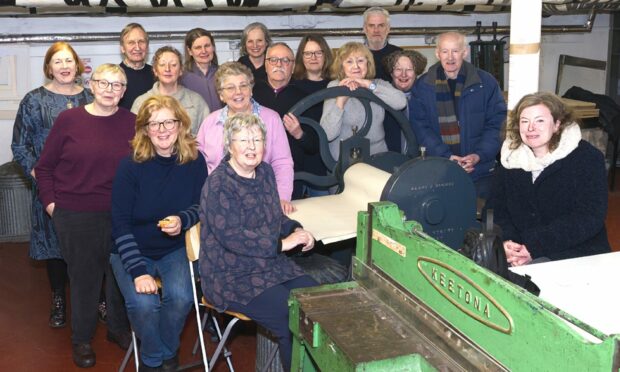



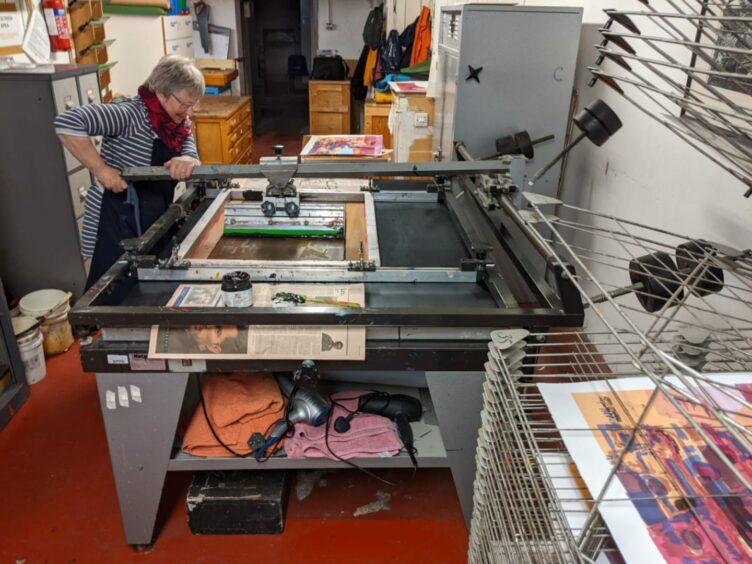
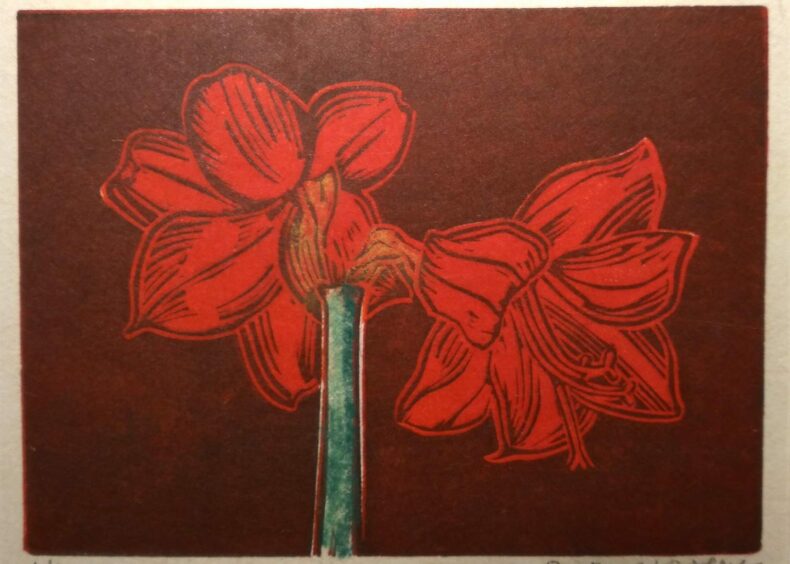
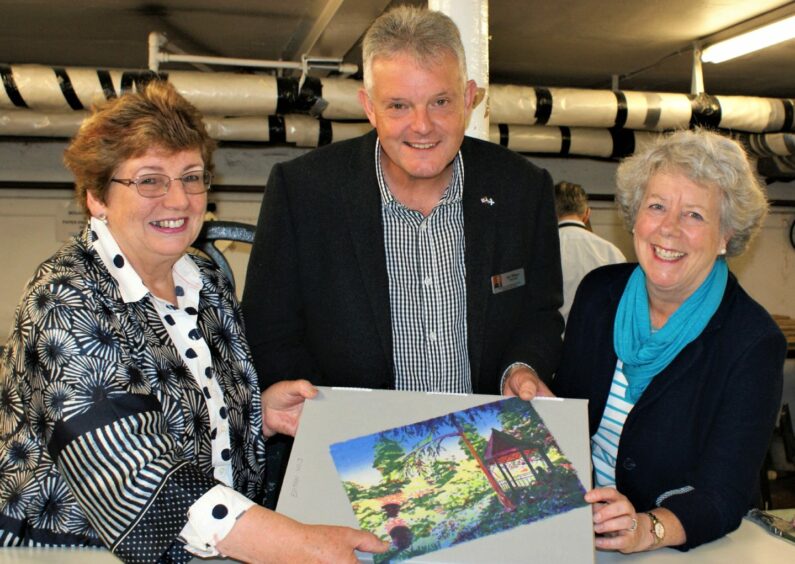
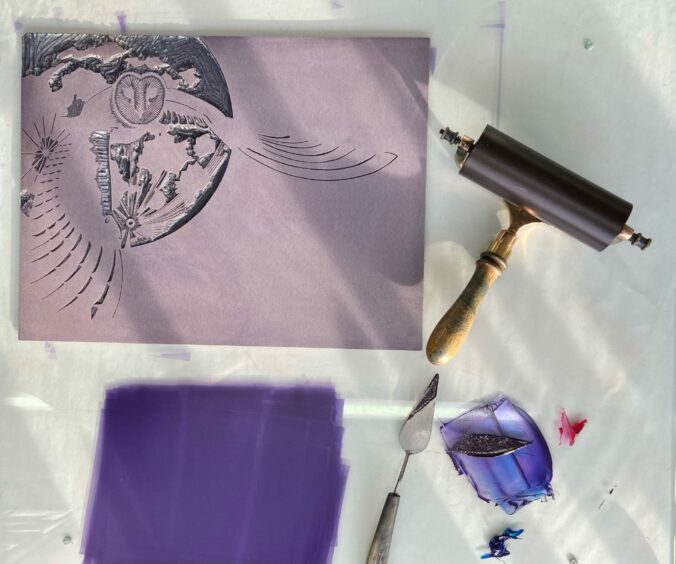
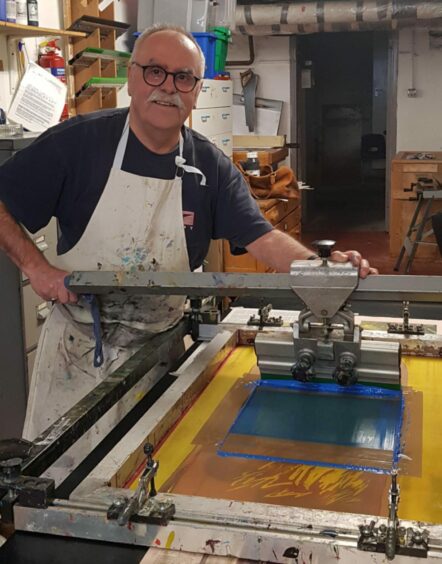
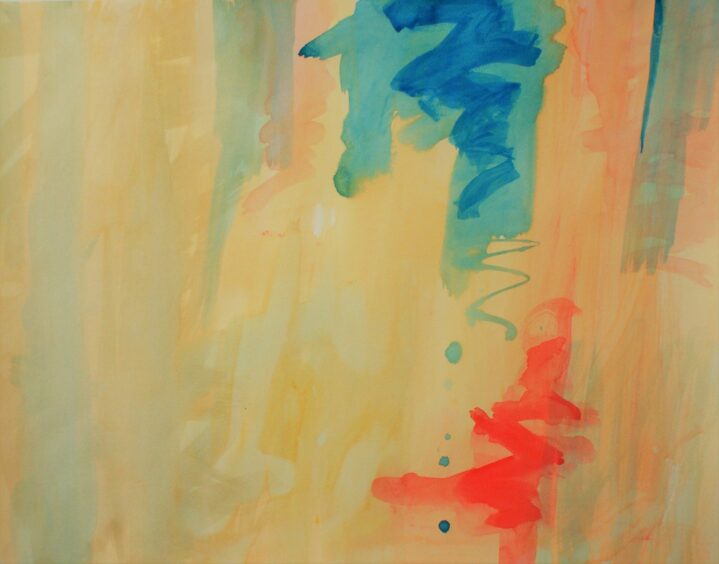
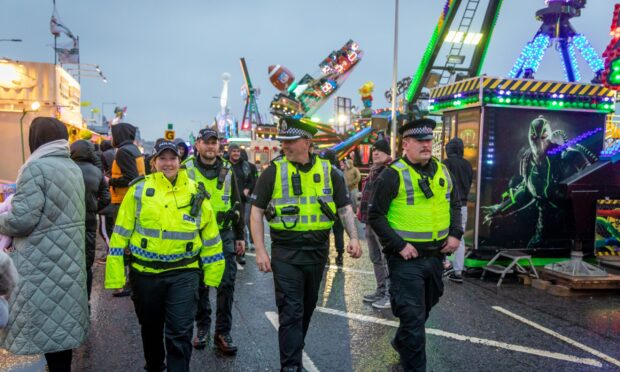
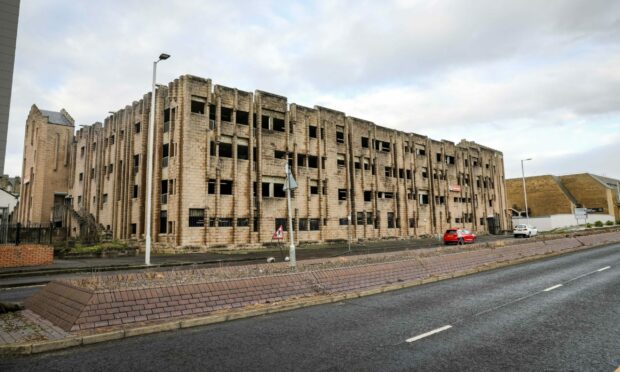
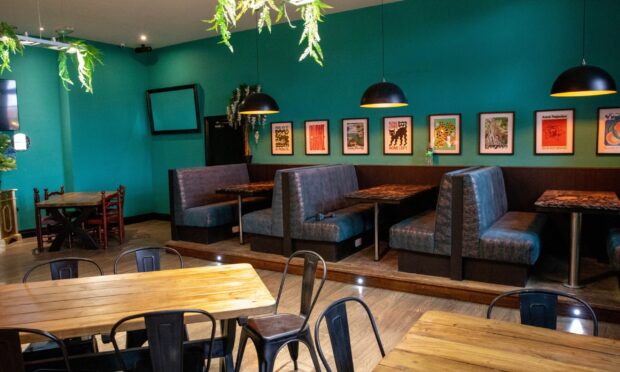

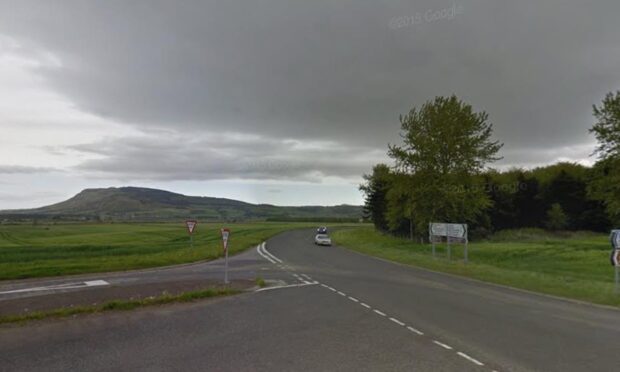


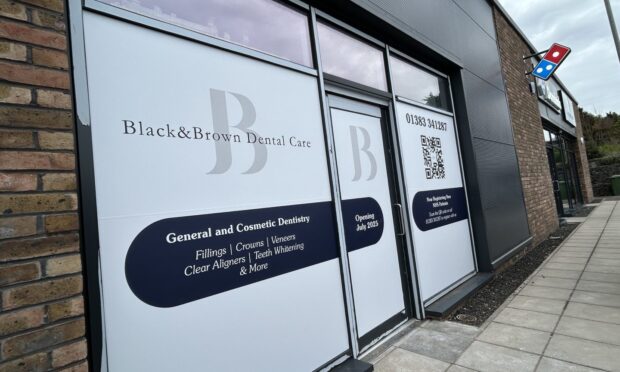
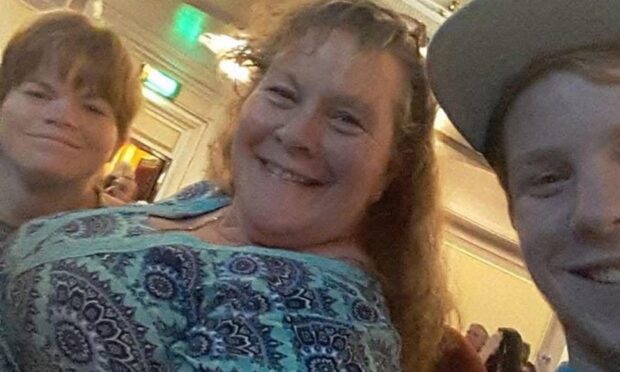
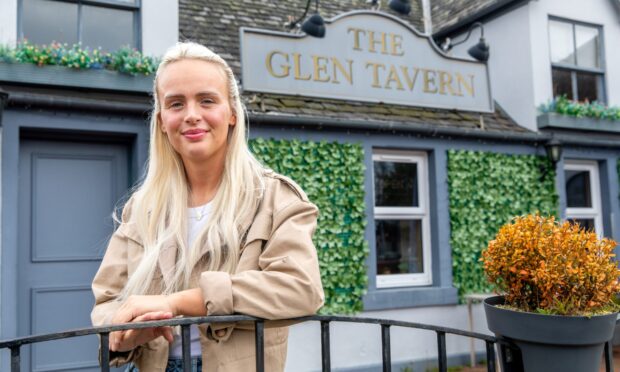
Conversation